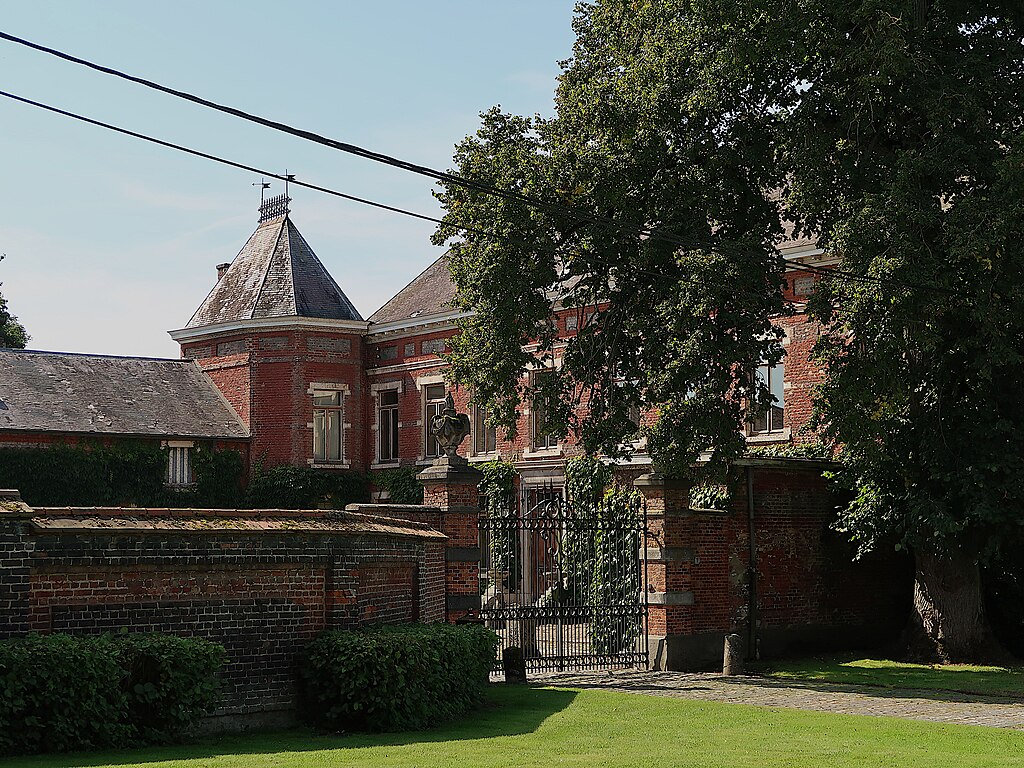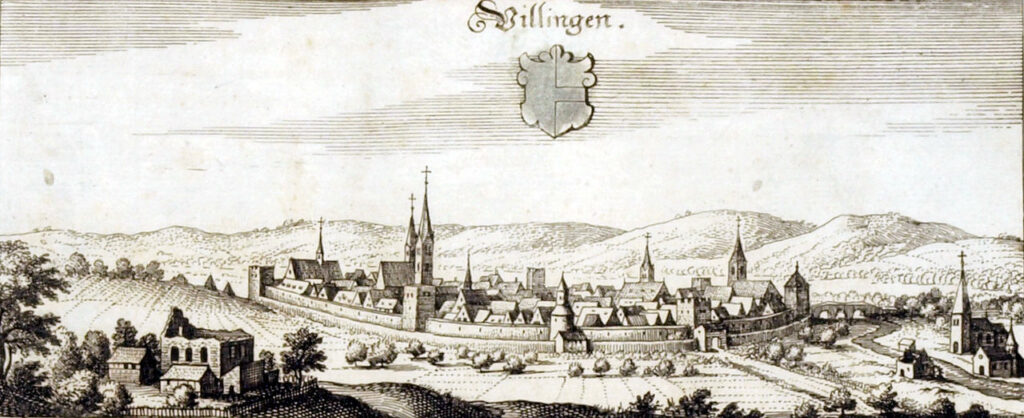An insight on Water Mist and Cultural Heritage fire protection
According to the NFPA 750 (Standard on Water Mist Fire Protection Systems) definition, water mist is a water spray for which the 99% of the total volume of liquid (Dv0.99) is distributed in droplets with a diameter smaller than 1000 microns at the minimum design operating pressure of the water mist nozzle.

A slightly different definition has been introduced by the CEN/TS 14972 (Fixed firefighting systems – Watermist systems – Design and installation), as a water spray for which the 90% of the total volume of liquid (Dv0.90) is distributed in droplets with a diameter smaller than 1000 microns at the minimum design operating pressure of the water mist nozzle.
Given the importance of water mist systems in firefighting protection, when such resource is considered as a possible choice in the fire protection strategies, the first step to be taken before adopting them is assessing their effects on the objects to be protected. Among them, there’s a lot of objects that do not like water, even if when water is distributed in very small droplets. Thus, the capacity of simulating a fire and fire extinction process is critical to choosing with the required data.
The study “Can we predict fire extinction by water mist with FDS?“, By A. Jenft, P. Boulet, A. Collin, G. Pianet, A. Breton and A. Muller has been published on Mechanics & Industry 14 , 389-393 (2013) and deals with the general problem of simulating the suppression of a fire with water mist systems. Even if it is not focused on cultural heritage protection, the paper gives some important information about the actual possibilities of the existing simulation capacities.
Paper key points
- Importance of fire modeling: The text emphasizes the importance of accurately modeling fire propagation to plan the placement of fire suppression nozzles. Good modeling helps preserve objects vulnerable to water.
- Effects of water mist on fire suppression: Water mist acts by cooling the fuel surface, cooling the smoke column, and inerting. Evaporation of water creates a concentration of vapor that removes heat and dilutes oxygen and fuel vapors. A new model based on the Arrhenius equation has been implemented to link the combustion rate to the fuel surface temperature.
- Critical issues in simulating smoke effects: While simulation of the effects of water mist is well developed, the assessment of the effects of smoke and hazardous gases on objects to be preserved is lacking in data. The difficulty lies not in the simulation tools, but in the lack of data on the specific effects of these effluents on historic objects. Defining acceptable thresholds for concentrations of gases such as HCN is still complex due to the paucity of research in this area.
- Watercolor Painting Specific Damage: Water mist suppression systems can cause specific problems for watercolor paintings. Water can cause smearing or blurring of colors, fading or discoloration of pigments, loss of pigment, and paper damage such as warping.
- Standards and Regulations: There are various standards for the installation and maintenance of water suppression systems, including NFPA 13, NFPA 14, NFPA 25, and TS 14972 CEN/TS 14972. It is essential to consult with qualified professionals to ensure compliance with the most up-to-date regulations.
Conclusions
- Ultimately, a holistic and balanced approach is needed that considers both the effectiveness of fire suppression and the protection of artworks, particularly vulnerable ones such as watercolours, for example by considering:
- Prioritize protection: Water mist suppression systems are essential to protect artworks from fire, but it is crucial to consider the potential damage that the water itself can cause. This is especially true for watercolours, where exposure to water can lead to smudging, fading and paper damage.
- Modelling and customisation: Accurate modelling of fire spread and the effects of water mist is essential to plan nozzle layouts to minimise collateral damage. Additionally, suppression systems need to be customised to the specific needs of the artwork environments, considering the materials and techniques used to create each artwork. For example, specific nozzles or pressure and volume of mist could be used to protect watercolour paintings.
- Research and standards: The paucity of data on the effects of fire effluents on historic objects highlights the need for further research in this field. It is essential to define acceptable exposure thresholds for different materials and conditions.
- Multidisciplinary approach: Protecting works of art from fire requires a multidisciplinary approach involving fire safety experts, art conservators and scientists. Close collaboration between these professionals is essential to develop effective protection strategies that minimise both fire and water-related risks.
- Monitoring and maintenance: Installing fire safety systems is only the first step. Continuous monitoring and regular maintenance are essential to ensure that systems function optimally in an emergency, without causing avoidable damage to works of art.
Protecting watercolours requires a careful and tailored assessment of fire suppression systems, an approach that considers both the effectiveness of the fire intervention and the fragility of the works of art. It is essential to find a balance between the need to suppress the fire and the need to preserve cultural heritage, implementing tailor-made solutions, based on solid research and close collaboration between experts in the field.





